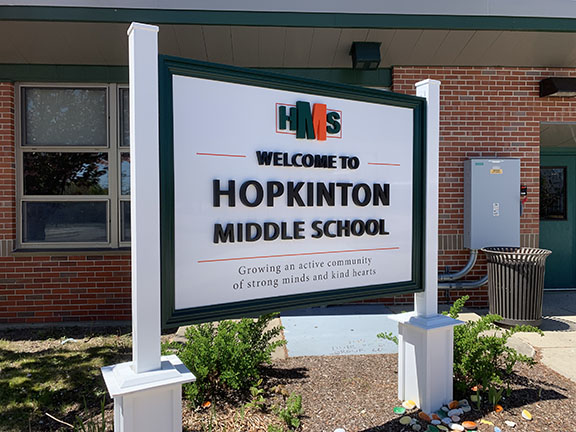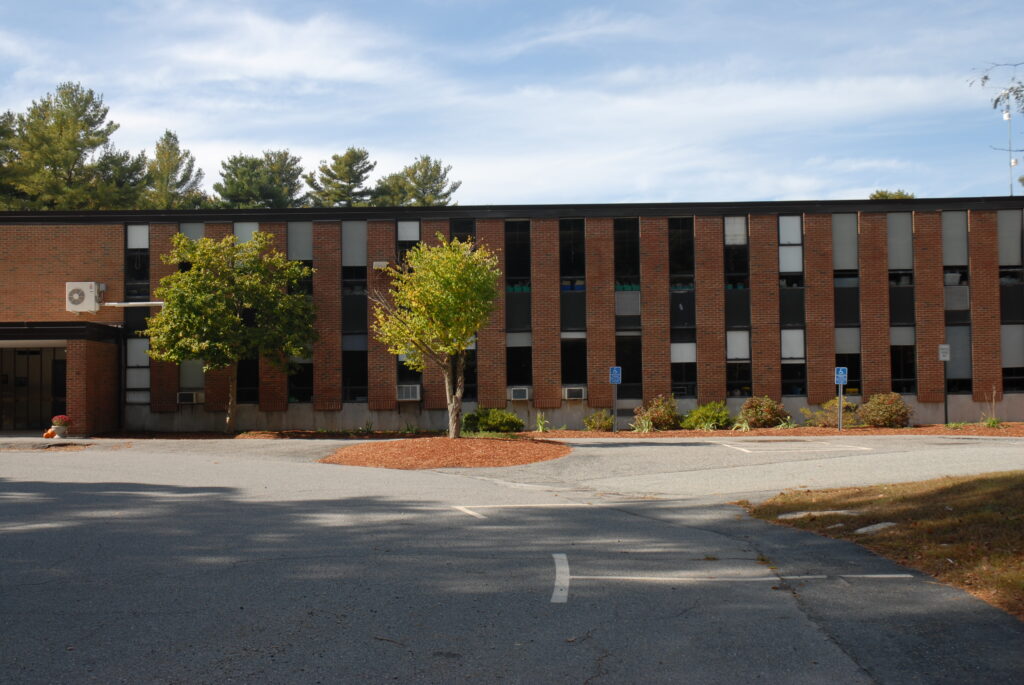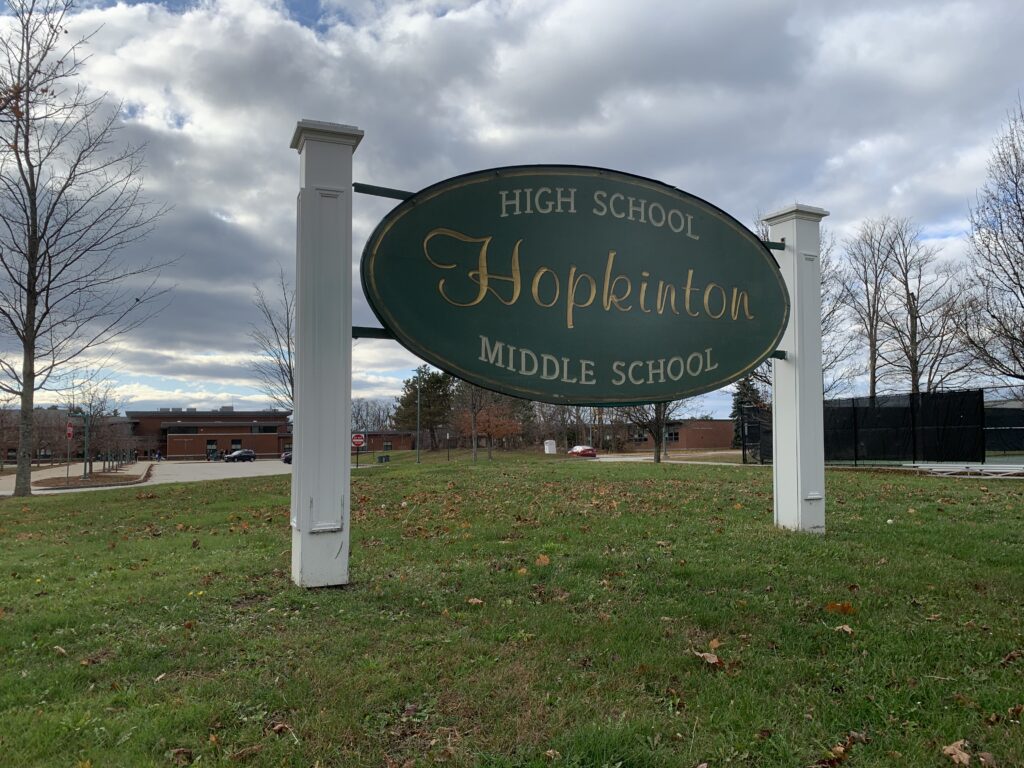A quick return to full-time, in-school education is not feasible because of logistical and scheduling issues, superintendent Carol Cavanaugh told School Committee members Thursday.
The issue of how and when to return to school full-time will be the task of a group scheduled to be discussed at the Dec. 17 School Committee meeting, she said. A similar group helped determine the best options for reopening schools in September.
There are many positive aspects to returning, Cavanaugh said. Massachusetts Gov. Charlie Baker has argued in favor of reopening, and there appear to be no cases of in-school virus transmission.
With the effectiveness of masks, a 3-foot distance between individuals works, science has shown, and, “Isolation is bad for kids,” she said.
But the process would not be simple, she said. Hundreds of pieces of furniture would need to be rearranged and schedules would have to be reworked.
Lunch continues to be a concern, with limited space to accommodate students at a safe distance.
These challenges should not be “insurmountable,” committee member Meg Tyler said.
Parents would be happy to help move furniture if it meant their children could be back in school on a full-time basis, Tyler said.
Committee member Joe Markey concurred. He noted that discussion about the “road to return” to full-time instruction seems to focus on “obstacles on the road to recovery” rather than how to make it happen.
Doing what’s best for students should be the goal, he said. “We need to figure out a solution,” he stated. “If there’s a will, there’s a way.”
Cavanaugh countered that she is not trying to be an “obstructionist” but has to consider the demands on staff. Custodians cannot be asked to move 700 pieces of furniture while at the same time cleaning and sanitizing buildings, she said.
“We’re all in this together,” Markey responded.
He said the needs of families, some of whom quit jobs to help teach students at home, must also be considered.
Cavanaugh said the return group should include those who are “most impacted,” including teachers and administrators as well as families.
Committee chair Amanda Fargiano said there were “a lot of considerations” and suggested surveying parents.
One option, she suggested, was phasing in a return by tiers, perhaps starting at the elementary level.
Cavanaugh noted that the school community has expressed various viewpoints. While some want a quick return, others, she said, have suggested keeping remote learning in place until mid-January.
“We need to remember there are unique voices,” she said.
Fargiano said she also has heard various opinions from the community, including concerns about how fully remote students would be integrated into a full return.
Tyler said she hopes that when the group is formed, “There’ll be a nice showing of parents.”
Cavanaugh noted that, at the high school level, one student testing positive could potentially create 30 close contacts, and double that if the student has a sibling in the schools.
“It’s very, very tricky,” she said.


















0 Comments